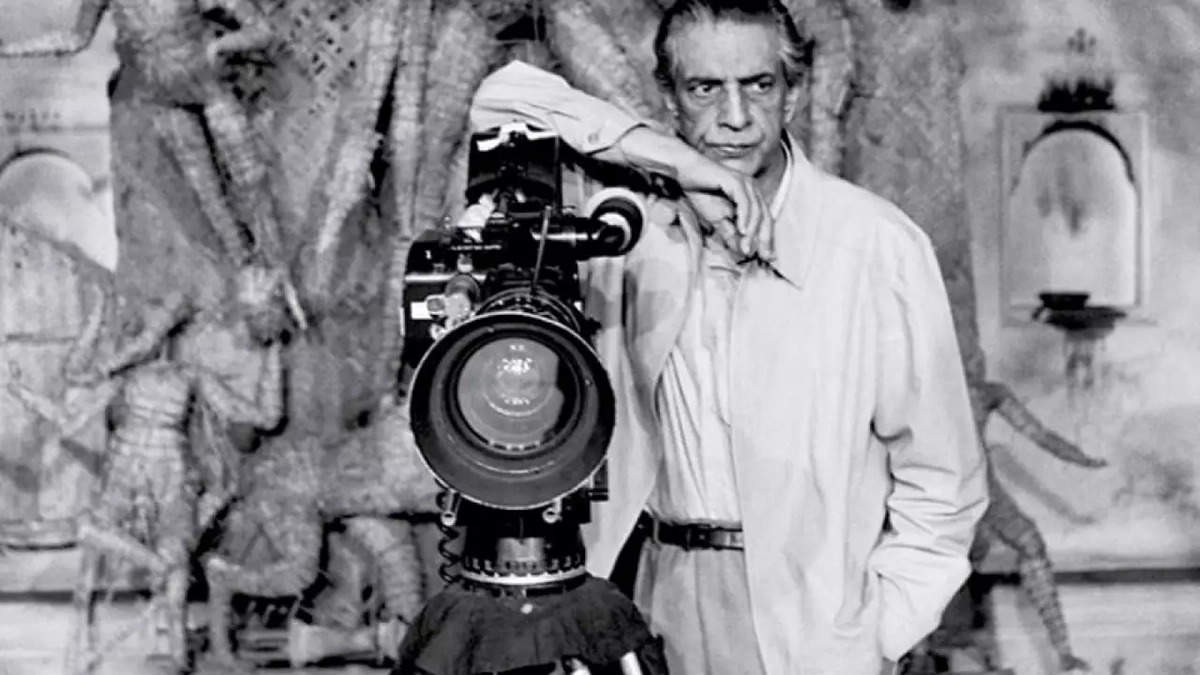
Satyajit Ray is a cultural icon in India and Bengali communities worldwide. He has directed thirty-six movies and won National Film Awards for each. Apart from creating legendary characters like popular fictional characters in Bengali children's literature—Feluda, a detective, and Professor Shonku, a scientist. Ray designed four typefaces for a roman script named Ray Roman, Ray Bizarre, Daphnis, and Holiday script—won an international competition in 1971 for Ray Roman and Ray Bizarre. He was an eminent graphic designer who illustrated all his books and designed covers for them. The Academy Film Archive in Hollywood has preserved many of Ray's movies.
In This Pic : Satyajit Ray
Read More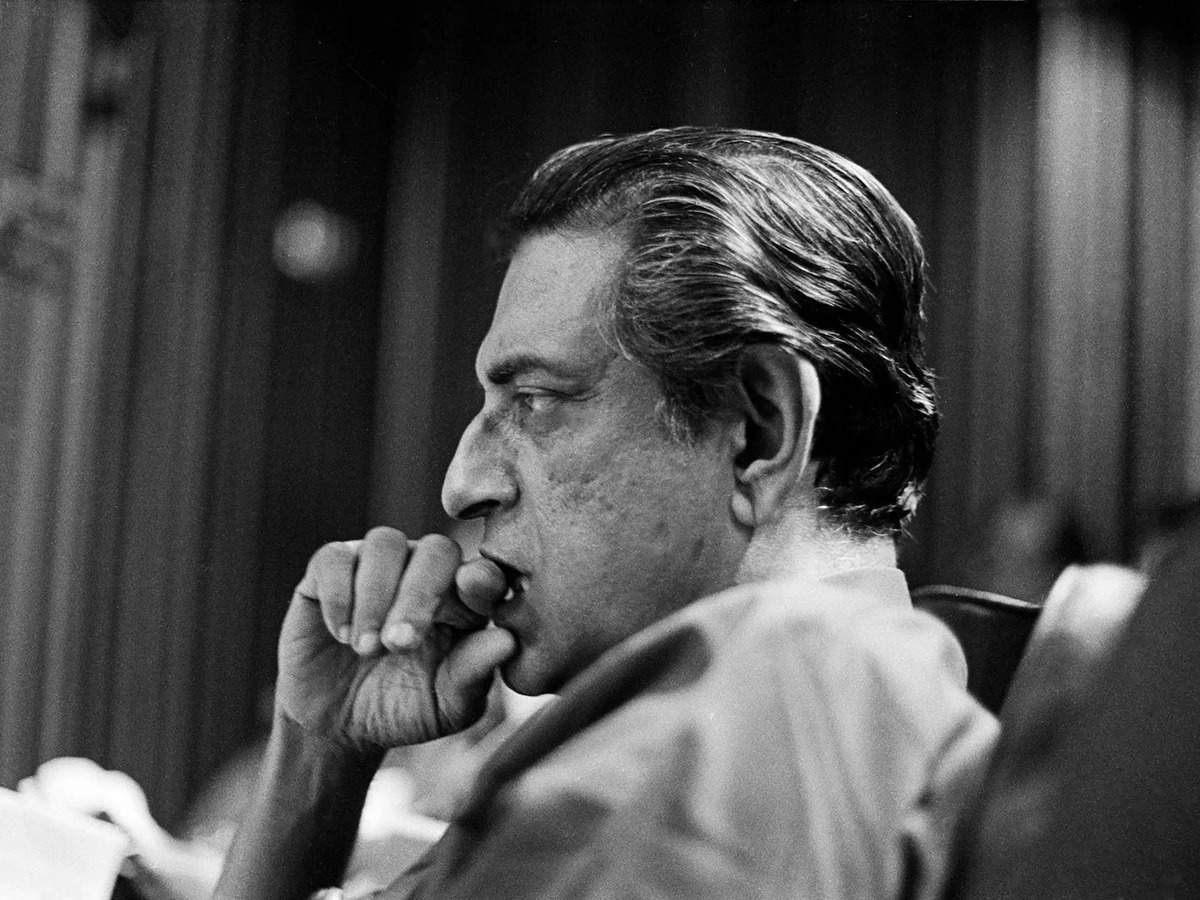
Satyajit Ray was born to Sukumar and Suprabha Ray in Kolkata on May 2, 1921. Ray lost his father when he was barely three years old. He was the only child.
In This Pic : satyajit ray
Read More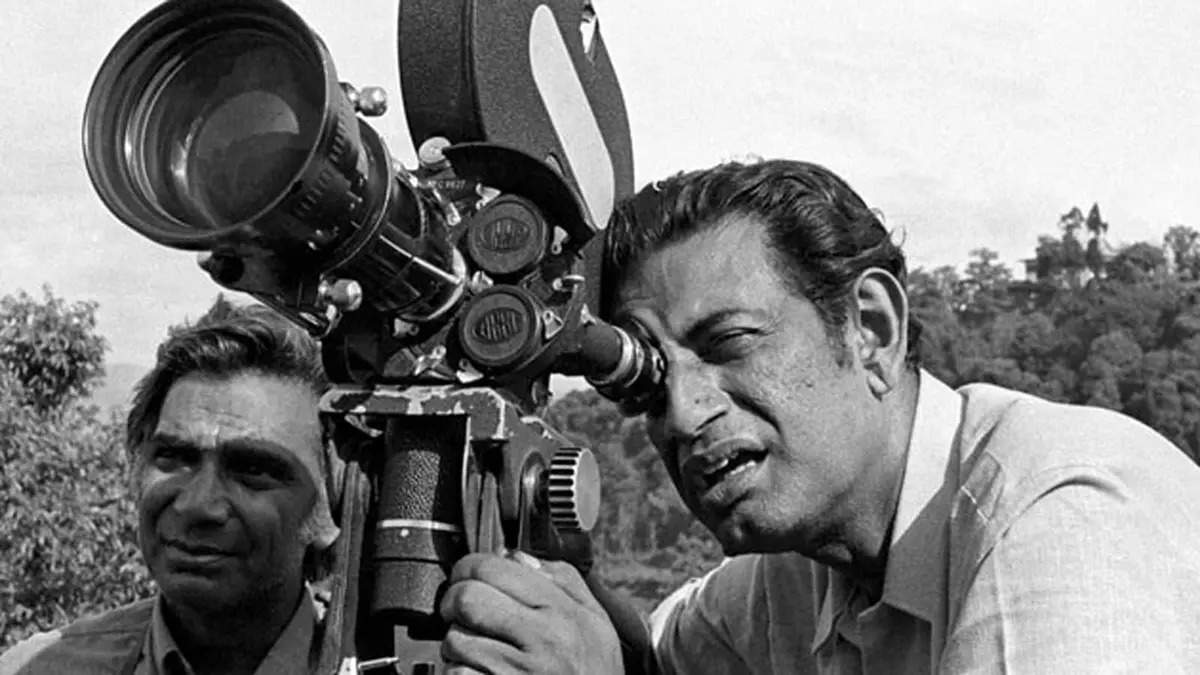
Satyajit Ray studied at Ballygunge Government High School in Kolkata and completed his BA in economics at Presidency College, Kolkata. His interest was always in the fine arts. Ray's mother insisted that he pursue further education at Visva-Bharati University in Santiniketan, founded by Rabindranath Tagore. At the University, he appreciated Oriental art and learnt much from the famous painters Nandalal Bose and Benode Behari Mukherjee.
In This Pic : Satyajit Ray
Read More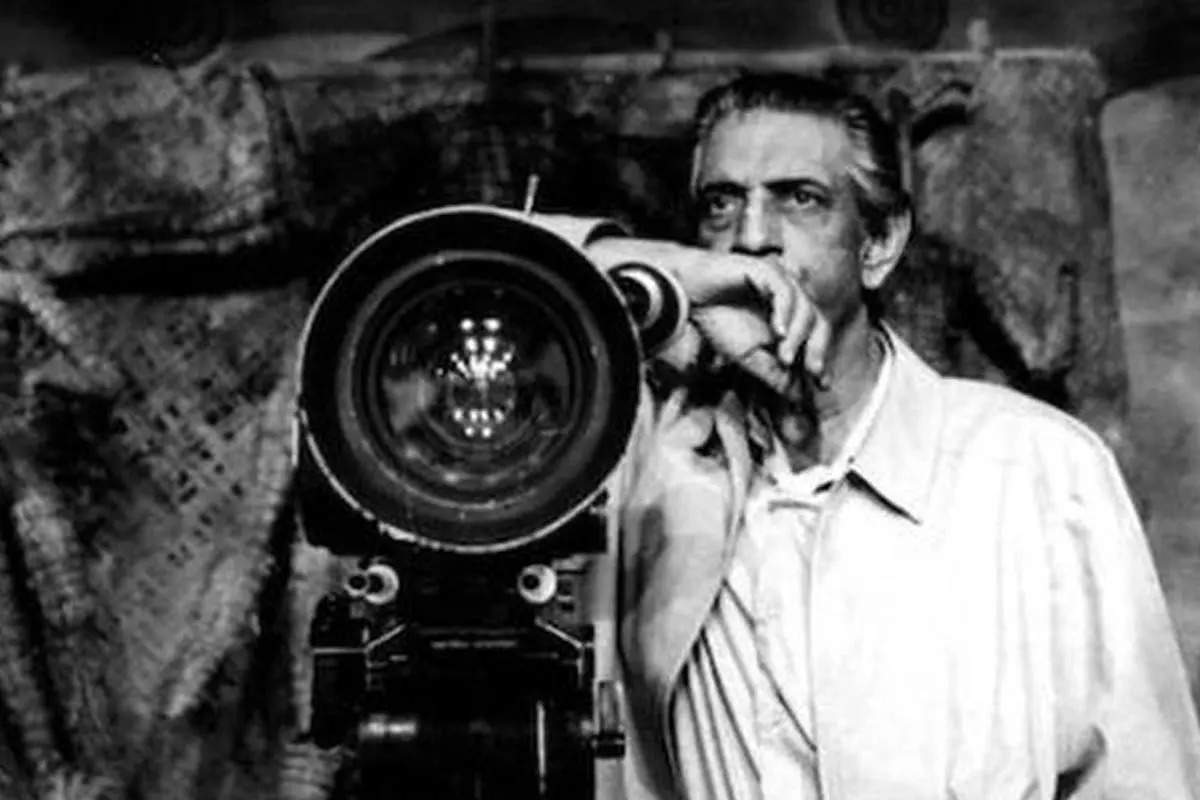
Ray started working at a British advertising agency D.J. Keymer as a junior visualiser, earning 80 rupees a month in 1943. Followed by working for the Signet Press, a new publisher started by D. K. Gupta. Gupta asked Ray to create book cover designs for the company and gave him complete artistic freedom. By designing the cover and illustrating the book, Ray was deeply influenced by the work, which was later seen in his first movie 'Pather Panchali' (1955), which featured his illustrations as shots.
In This Pic : satyajit ray
Read More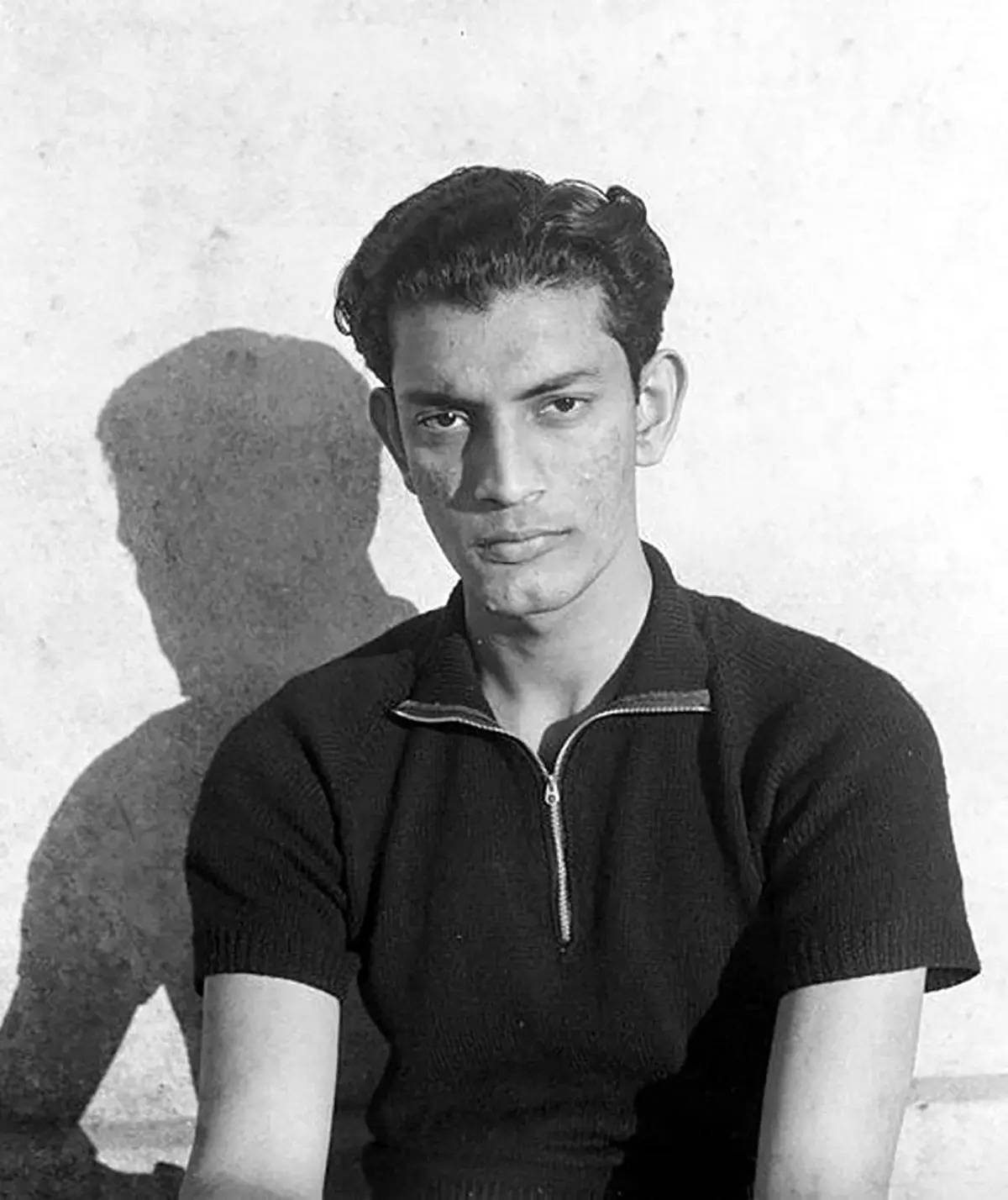
By 1947, Ray founded the Calcutta Film Society—where they screened many foreign movies, many of which Ray watched and seriously studied. In 1950, D.J. Keymer sent Ray to London to work at the headquarters. During his six months in London, Ray watched ninety-nine movies. Neorealist movie 'Ladri di biciclette' (1948) by Vittorio De Sica had a profound impact on him. Ray later said that he walked out of the theatre determined to become a filmmaker.

